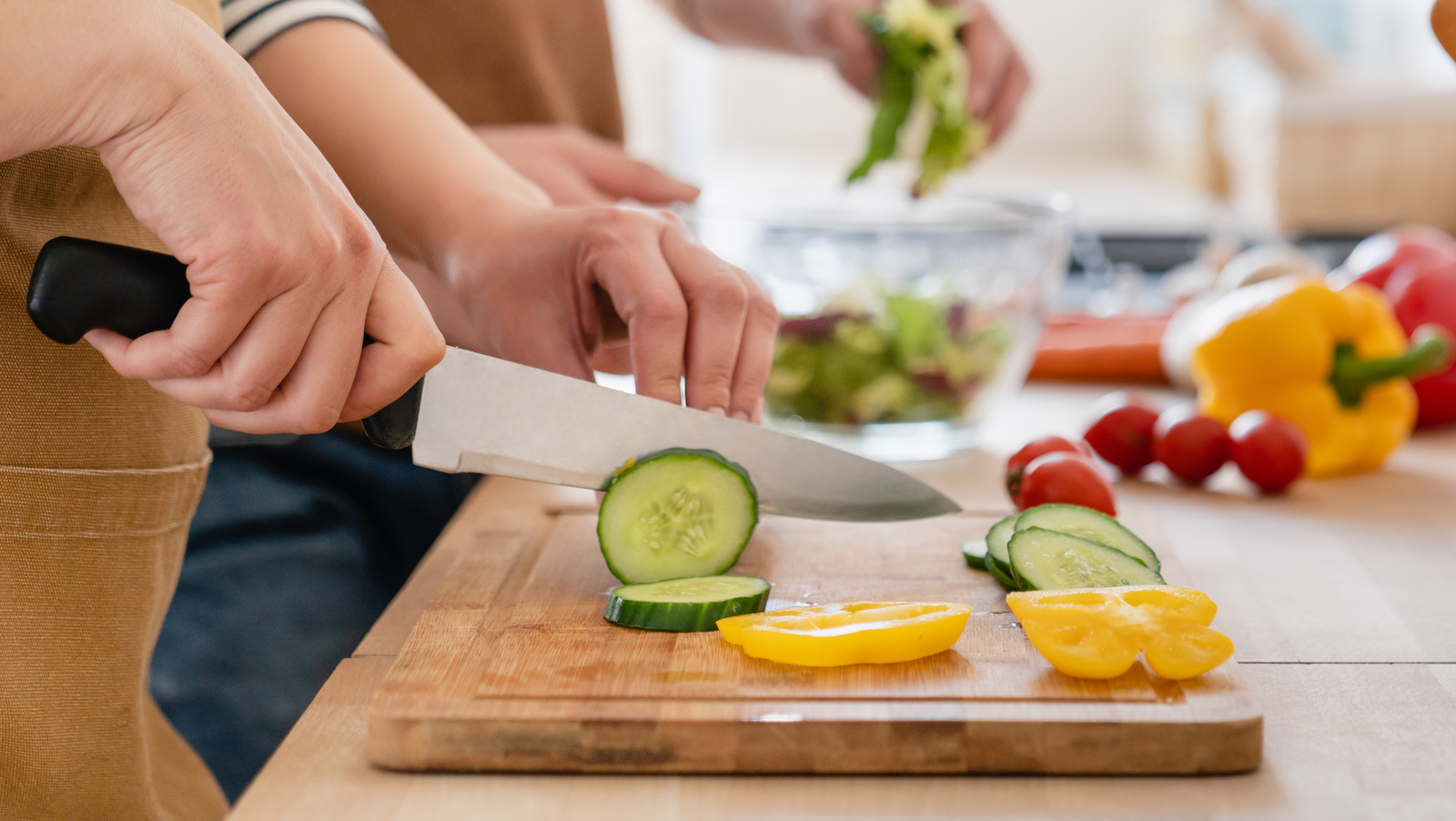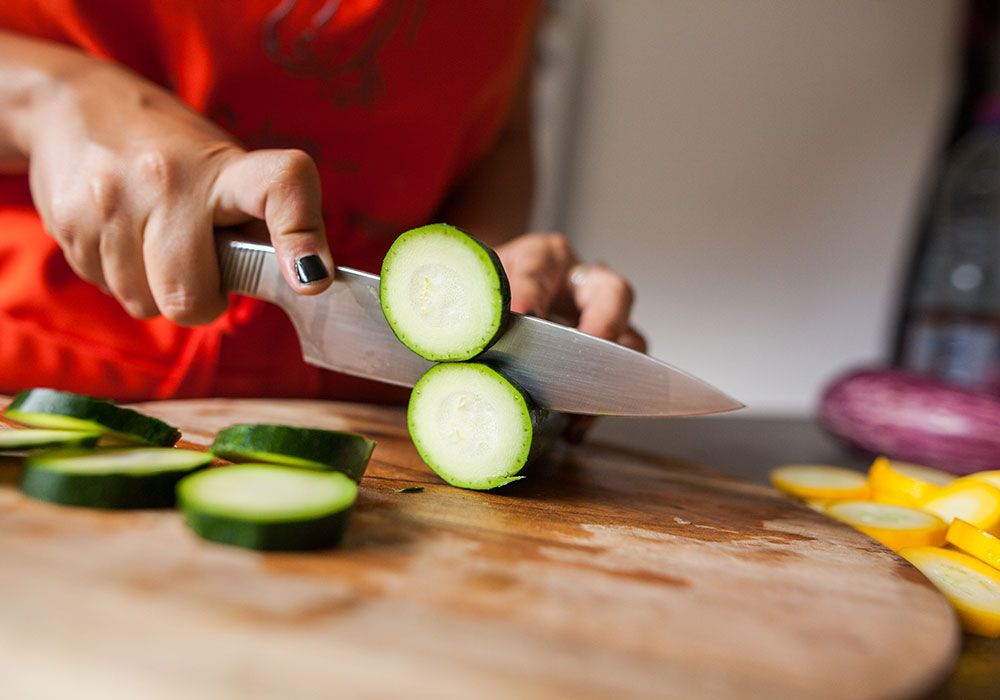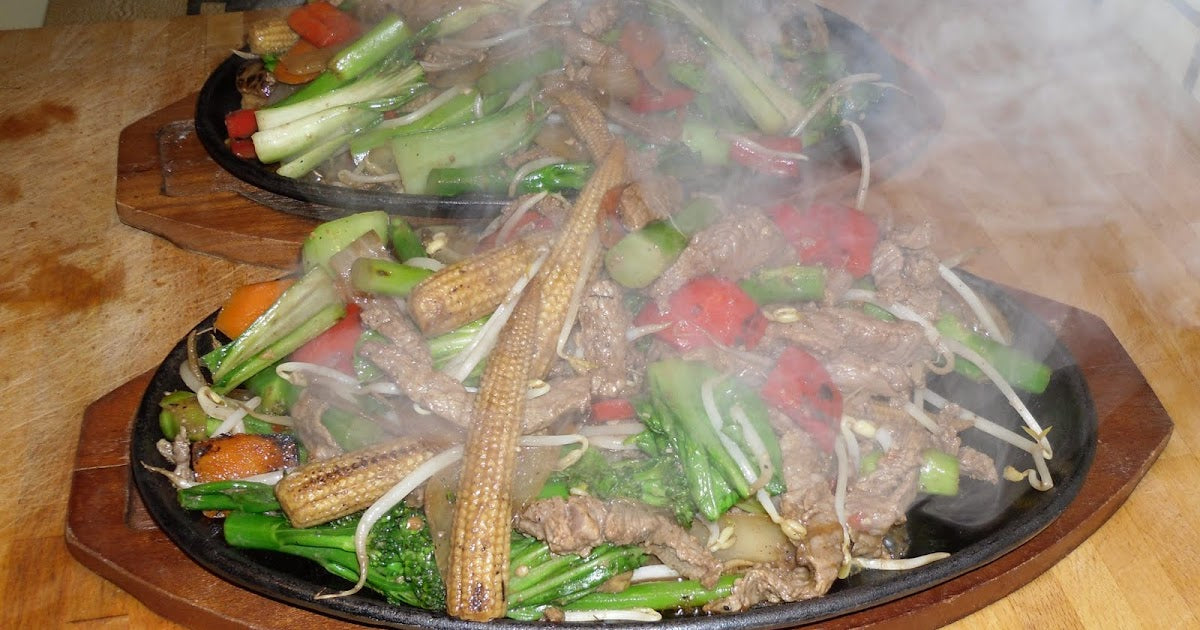As a kitchen professional, choosing the right cutting board is an essential part of your daily routine. The question, what cutting board should you use for meat, isnt just about preference; its about maintaining food safety, ensuring durability, and delivering precision while working. A high-quality cutting board can prevent cross-contamination, be gentle on your knives, and improve the overall efficiency in your kitchen. But how do you choose the perfect one? Lets dive deep into the nuances of selecting the ideal cutting board specifically designed for meat preparation.

Why Selecting the Right Cutting Board Matters
The type of cutting board you use in your kitchen plays a direct role in maintaining health and hygiene. Cutting raw meat involves dealing with juices that may contain harmful bacteria like salmonella or E. coli. Using an inappropriate cutting board can allow these germs to spread to other foods, increasing the risk of foodborne illnesses.
Why is this so critical? Proper cutting boards prevent cross-contamination and make it easier to clean up raw meat juices effectively. A durable board also ensures a hygienic and consistent surface for chopping, slicing, and dicing meats.
Types of Cutting Boards for Meat: Comprehensive Breakdown
Plastic Cutting Boards: Affordable and Easy to Clean
One of the most popular options, plastic cutting boards, offers plenty of advantages. Their impermeable surface ensures that bacteria don't seep into tiny cracks or crevices. Additionally, these boards are dishwasher-safe, making them easy to sanitize after cutting raw meat. Plastic boards come in a variety of colors, allowing professionals to color-code and easily separate boards used for meat, vegetables, and other food items. Check out this guide on cutting board colors to organize your kitchen like a pro.
Wooden Cutting Boards: Long-Lasting and Stylish
Wooden cutting boards, particularly those made of hardwoods like maple or walnut, are a traditional choice for many chefs. While they may not be dishwasher-safe, they have natural antimicrobial properties that make them safer than most people realize. Hardwood cutting boards also protect your knives by being gentle on their blades. For more information about how to care for your wooden board, learn how to remove grease from wooden cutting boards.
Bamboo Cutting Boards: Eco-Friendly Option
Bamboo boards are an environmentally friendly option that has risen in popularity in recent years. They are lightweight, durable, and resist knife marks better than some softwoods. However, bamboo typically requires more maintenance than plastic, as it needs to be oiled periodically to maintain its structure and finish. While not ideal for frequent meat preparation, it can still be part of a multi-purpose kitchen setup.
Glass Cutting Boards: Best Avoided for Meat
Although aesthetically pleasing, glass cutting boards are not ideal for meat preparation. They are hard on knives, causing blades to dull quickly. Glass also poses potential safety risks as it can easily shatter. Furthermore, while it is non-porous and easy to clean, it is often slippery, leading to accidents in a busy kitchen environment. Food safety always comes first, so opt for sturdier alternatives like plastic or wooden boards.
Factors to Consider When Choosing a Cutting Board for Meat
Durability
Chopping meat, especially tougher cuts, can be tough on your cutting board. Always look for materials such as thick plastic or dense hardwood that can endure repeated heavy use without cracks or warping. A detailed resource on maintaining the quality of your cutting boards can be found here.
Ease of Cleaning
Plastic cutting boards are often recommended for meat because they are dishwasher-safe, providing a quick and effective sanitation process. Wood boards need thorough handwashing and oiling to prevent damage over time.
Non-Slip Properties
A board that slips while cutting is not only inconvenient but also dangerous. Look for boards with carved grips, rubber feet, or weighted bases to ensure they stay stable during use.
Knife Friendliness
Wooden boards are generally gentler on knife edges, prolonging the lifespan of your professional knives. For meat-centric tasks, a balance between blade maintenance and hygiene is essential.
Top Recommendations for Meat Cutting Boards
- OXO Good Grips Plastic Board: Known for its slip-resistant base and dishwasher-safe properties, this board is ideal for raw meat cutting tasks.
- John Boos Maple Cutting Board: A perfect choice for chefs who prioritize a natural finish and aesthetic appeal.
- BambooMN Premium Bamboo Board: A good eco-friendly option for versatile kitchen use.
For more advice and examples, check out Food Safe Pal's advice on cutting board safety.
Maintaining Your Cutting Board
After selecting the cutting board that best suits your need, maintenance is the next key concern. Replace plastic boards when they become deeply scored. Wooden boards should be washed with warm, soapy water and left to air dry. Regular oiling of wooden boards helps them last longer and prevents splitting.

FAQs About Choosing Cutting Boards for Meat
1. Can I use the same cutting board for meat and vegetables?
No, always use separate boards to avoid cross-contamination. You can color-code your cutting boards to easily differentiate their use.
2. How frequently should I replace my cutting board?
This depends on the material. Replace plastic boards with deep cuts and wooden boards if they show cracks or warping.
3. Is wood or plastic better for cutting meat?
Plastic is often recommended for raw meat due to its easy sanitization, but wooden boards with proper maintenance can also be safe and durable.
Still wondering what cutting board should you use for meat? Check out more resources online to refine your choice and enhance your professional kitchen setup. For a fun DIY project, see how to create a cutting board with knife storage.
This article contains affiliate links. We may earn a commission at no extra cost to you.






Leave a comment
This site is protected by hCaptcha and the hCaptcha Privacy Policy and Terms of Service apply.